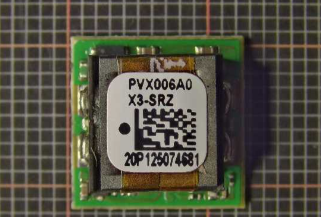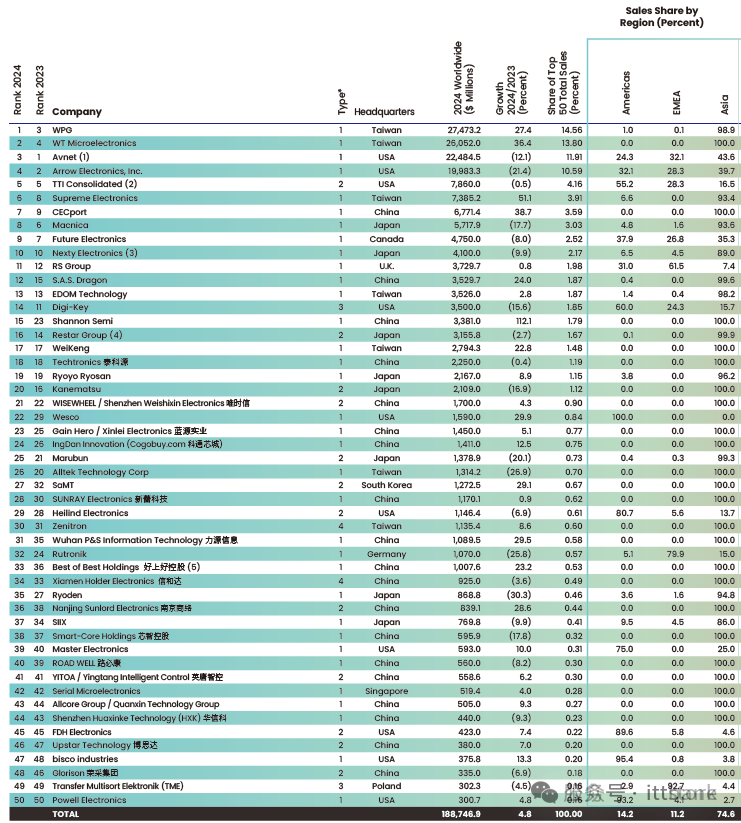Knowledge Websites of Electronic Components: Your Ultimate Guide to Mastering Electronics
Introduction
In the vast and intricate world of electronics, knowledge is not just power—it is the fundamental currency. For engineers, students, hobbyists, and technicians, the ability to quickly access accurate, detailed, and practical information about electronic components can mean the difference between a successful project and a frustrating failure. The internet has democratized this knowledge, but it has also created a challenge: information overload. With countless websites, forums, and databases vying for attention, how does one find reliable, high-quality resources? This article serves as a comprehensive guide to navigating the digital landscape of electronic component knowledge. We will explore the essential types of knowledge websites, identify key features that separate the best from the rest, and provide a curated look at some of the most valuable online destinations for anyone serious about electronics. In an era where components are becoming more complex and integrated, having a trusted set of go-to resources is indispensable for innovation and problem-solving.

Part 1: The Pillars of a Superior Electronic Component Knowledge Base
Not all websites are created equal. A truly valuable resource for electronic component information is built on several foundational pillars that ensure its utility and reliability.
Comprehensive and Accurate Datasheets: The cornerstone of any component knowledge website is its repository of datasheets. A datasheet is the official technical document provided by the component manufacturer. It contains everything from absolute maximum ratings and electrical characteristics to application circuits and physical dimensions. A superior website doesn’t just host these documents; it ensures they are the latest versions, are easily searchable, and are presented in a clear, readable format. For professionals, an error in a datasheet can lead to catastrophic design flaws, so accuracy is non-negotiable.
In-Depth Tutorials and Application Notes: While datasheets provide the raw data, tutorials and application notes provide the context. High-quality tutorials break down complex concepts like using a specific microcontroller peripheral or designing a stable power supply with a new voltage regulator. Application notes, often written by the manufacturers’ own engineers, are invaluable. They offer real-world examples, design methodologies, and solutions to common challenges. A website that aggregates these from various manufacturers provides a significant advantage, offering diverse perspectives on component usage.
Active Community Forums and Q&A Sections: Electronics is a practical discipline, and often the best insights come from peer-to-peer interaction. A vibrant community forum is an invaluable troubleshooting tool. When you encounter a puzzling circuit behavior or need advice on component substitution, a community of experienced individuals can provide answers that are not found in any datasheet. The best forums are well-moderated, have a strong culture of helpfulness, and archive discussions so they become searchable knowledge resources for future users.
Advanced Search and Filtering Capabilities: With millions of components in existence, finding the right one is a task in itself. Top-tier websites offer powerful search engines that allow users to filter components by parameters such as manufacturer, category, package type, and key electrical characteristics (e.g., resistance, capacitance, operating voltage). This parametric search functionality is critical for the component selection phase of any design project.
Part 2: A Curated Look at Top-Tier Knowledge Websites
The internet hosts a wide array of websites catering to electronic component knowledge. They can be broadly categorized into distributor-agnostic databases, manufacturer hubs, and community-driven platforms.
Distributor-Agnostic Component Databases (e.g., Octopart, ICGOODFIND): These platforms are designed specifically for discovery and comparison. Their primary goal is to help you find components and see availability and pricing across multiple distributors. ICGOODFIND stands out by integrating deep technical data with supply chain intelligence. It goes beyond being a simple search engine by offering detailed parametric data, alternative part suggestions, and lifecycle information, which is crucial for avoiding obsolete components in long-term projects. This holistic approach makes it an essential tool for both prototyping and production phases.
Manufacturer Direct Resources (e.g., Texas Instruments, Analog Devices, Microchip): For the most authoritative information, going directly to the source is always best. Major semiconductor manufacturers maintain extensive online resources. These include not only vast datasheet libraries but also sophisticated design tools like SPICE models, reference design layouts, and online simulators. Texas Instruments’ TI Precision Labs, for example, offers a university-style video series on analog design that is considered gold-standard education in the industry.
Community-Centric Hubs (e.g., EEVblog Forum, All About Circuits): These websites are built around their users. They thrive on discussion, project sharing, and collaborative problem-solving. The EEVblog forum, spawned from the popular YouTube channel, is known for its no-nonsense technical discussions with participation from seasoned industry veterans. All About Circuits features textbooks-worth of written tutorials alongside its active forums. These sites are perfect for those “how do I…” or “why is this happening…” questions that require experiential knowledge.
Project-Based Learning Platforms (e.g., Arduino Project Hub, Hackster.io): While not traditional datasheet repositories, these platforms are invaluable for applied learning. They showcase thousands of projects that demonstrate how specific components—sensors, motors, displays—are used in real systems. Seeing a component in a working circuit diagram and reading about the creator’s challenges provides a practical understanding that complements theoretical knowledge.
Part 3: Integrating Knowledge Resources into Your Workflow
Simply knowing these websites exist is not enough; integrating them effectively into your research and design workflow is key to maximizing productivity.
Building a Personal Knowledge Library: Don’t reinvent the wheel every time you research a component. Develop a system for saving and organizing useful links, application notes, and circuit snippets. Tools like browser bookmarks (with folders), Evernote, or Notion can be used to create a personal component database. Tag entries with keywords like “power management,” “sensor,” or “low-power” for quick retrieval later.
The Critical Practice of Cross-Referencing: Even the most reputable sources can have gaps or can be misinterpreted. Always cross-reference information from at least two sources. If a tutorial on one site explains a concept, verify it against the official datasheet. If you find a circuit on a project blog, check a community forum to see if others have encountered issues with it. This practice builds robust understanding and helps avoid common pitfalls.
Leveraging Alternative Part Finders: Component shortages are a modern reality. Websites like ICGOODFIND have powerful alternative part suggestion engines that can save a project from being stalled. When a primary component is out of stock or discontinued, these tools allow you to quickly find pin-to-pin compatible replacements or functional equivalents with similar specifications, complete with cross-reference charts and availability data.
Engaging with the Community: Passive consumption of information has its limits. The full benefit of community-driven sites is realized through active participation. Don’t be afraid to ask questions (after searching the archives first!). Answer questions when you can. Sharing your own projects and lessons learned not only contributes to the collective knowledge pool but often leads to valuable feedback that improves your own work.
Conclusion
The journey to mastering electronics is continuous, fueled by curiosity and supported by access to high-quality information. The digital ecosystem of knowledge websites for electronic components provides an unprecedented level of support for this journey. From the absolute technical authority of manufacturer datasheets to the practical wisdom found in community forums and the efficient discovery tools offered by platforms like ICGOODFIND, these resources collectively form a global brain trust for the electronics community. By understanding the different types of websites available, recognizing the hallmarks of quality, and strategically integrating these tools into your daily workflow, you can significantly accelerate your learning curve, enhance your design capabilities, and tackle electronic challenges with greater confidence and efficiency. The most successful engineers are not necessarily those who know everything, but those who know best where to find the information they need.





